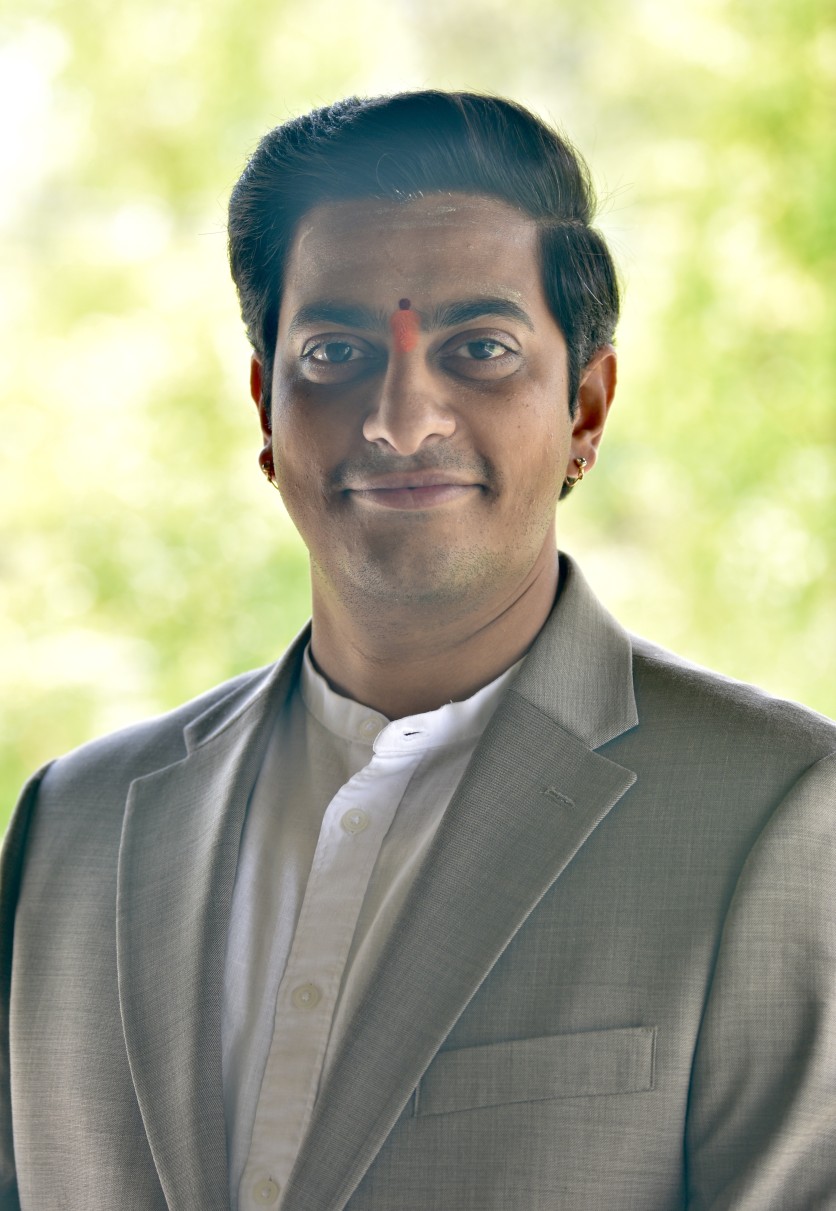
In the rapidly evolving space of automated driving, cameras are about more than just sensing. They're the silent witnesses, making split-second assessments of the distance, detecting obstacles, and responding, always faster than any human. But what if the newly digital eyes are confronted with the harsh reality of the road—dust, rain, scratches, or years of use? For more than a decade, Sai Vishnu Aluru, a U.S.-based automotive imaging systems expert, has been addressing that question, and in the process, influencing the way vehicles see the world around them with accuracy and dependability. His unique ability to translate subjective human perception—such as color accuracy, dynamic range, and sharpness—into objective, quantifiable metrics has enabled consistent image tuning and accelerated validation across global vehicle programs.
It is a story of quiet impact, Aluru's. At General Motors, where he specializes in hardware systems for ADAS in a senior capacity, his work doesn't make the headlines, but it makes the headlines. When a car stops short to avoid a crash because a camera spotted a crayon rolling beneath the wheels, when a faint figure is detected outdoors in low light, when lane markings are identified through driving rain—it's the invisible hand of experts like Aluru that reaches inside the car to make those things happen. His work is foundational to the car's capability to responsibly, safely, and intelligently respond to real-world circumstances.
His fundamental expertise is designing, testing, and refining the cameras that provide visual data for automated systems. But he doesn't work only with images—he works with clarity as such. He turns a subjective visual experience into quantitative engineering specifications. This capacity to correlate human perception with machine accuracy has enabled consistent performance benchmarks to be set across international vehicle programs. He has thus narrowed the critical hole between seeing reality and AI models that require visual input in order to, for example, decide things.
One of his most far-reaching solutions is a patented method for mapping how lens abrasion—from dust, cleaning, or environmental wear—influences the performance of a camera over time. The invention, which is now on various lab and field tests around the world, helps in assessing how image quality degrades and lets manufacturers and others make decisions on lens coatings, materials, and long-term durability. For drivers, that translates to the assurance that their car's cameras will still be accurate years after purchase. For manufacturers, it represents lower warranty claims and more intelligent product design.
There's much more to Aluru's work than just technical designs. He transformed sourcing strategy, streamlined the network, and drove system integration—delivering massive cost efficiencies at General Motors. He's led cross-functional teams, mentored engineers, and brought clarity to tough product calls. His leadership strikes a rare balance: visionary yet grounded, always focused on getting lab-born tech out into the real world—scalable, usable, and transferable. He's also deeply involved in managing internal and external resources, ensuring timelines, budgets, and performance targets are consistently met.
Aluru has previously built features that are now standard in many cars—ones like the rearview camera, night vision, and surround view systems. These used to feel futuristic but are now standard because of his focus on quality and performance. His efforts have helped transform new concepts into familiar tools that enhance the safety of drivers. He also ensures these systems comply with stringent safety standards employed all over the world, so they perform correctly regardless of where a car is put together or operates to help keep people safe, wherever they are.
One of his greatest skills is being able to predict not just how systems should work today, but how they will need to evolve for the roads of tomorrow. This involves building algorithms that account for wide ranges of lighting conditions, creating camera tuning processes that are robust across globally deployed factory lines, and defining performance targets that reflect the rigor of an engineering solution and the unpredictability of human environments. The close engagement in concept development during the early stages permits accelerated and more efficient inclusion in the production process.
His journey has spanned several key positions: from integration engineer to advanced technology specialist to finally senior systems leader, all in the challenging world of automotive innovation. Through all of it, his focus has been constant: improving the way vehicles "see" and, ultimately, better protecting everyone inside and around them. His role also requires high levels of R&D and supplier scouting, and working closely with regulatory compliance teams, turning him into a key figure in the lifecycle of the camera system.
As cars grow smarter and drive themselves, camera systems have become essential—not optional. Sai Vishnu Aluru ensures autonomous tech is not only trusted, but tested and proven. His quiet leadership and mentorship shape the future of safe mobility, impacting lives far beyond industry walls with vision grounded in precision.
ⓒ 2025 TECHTIMES.com All rights reserved. Do not reproduce without permission.



